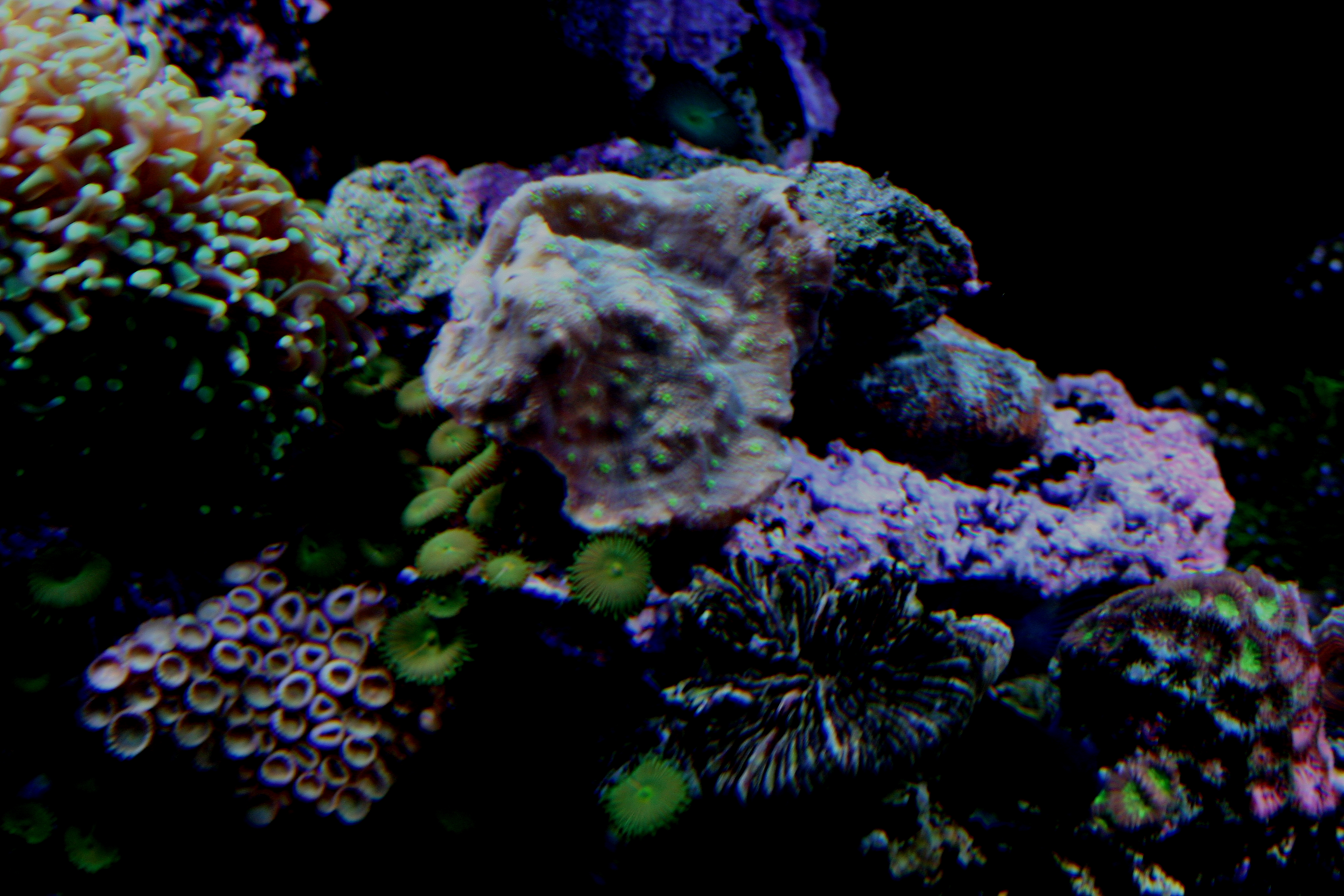florida joe
Well-Known Member
Many a reef keeper has had the misfortune of introducing a coral into their tanks only to be greeted with the dreaded rapid tissue necrosis (RTN). Is it really RTN caused by bacteria or could it be something else. And could that something else be one of our “reef safe fish”? Allow me to convey my resent experience. My LFS ran a sale of 25% off all corals. How can a hobbyist resist that? So I picked up a small challis. I introduced the coral and returned after a few minutes to observe multiple white areas on the coral. RTN I thought. Off I went to get a vessel to put the coral in to see if I could save it with treatment. When I returned I was greeted with more white areas. Rapid is one thing but this was ridiculous. Then I saw the reason for the loss of flesh on the challis. My Jewel damsel the supposed reef safe fish was actually eating the flesh of my coral. I wondered how many other corals I have introduced since placing the damsel in my tank have been subject to the same treatment. Well the damsel had to go using a home make trap of egg create and dumb luck I removed the damsel rather easily. I post this as a lesson to other reefers monitor their reef safe fish if they are losing corals or when introducing a new coral. Reef safe, maybe not.
Below is a picture I just took 10 days after the removal of the damsel. It is actually coming back very quickly

Below is a picture I just took 10 days after the removal of the damsel. It is actually coming back very quickly

